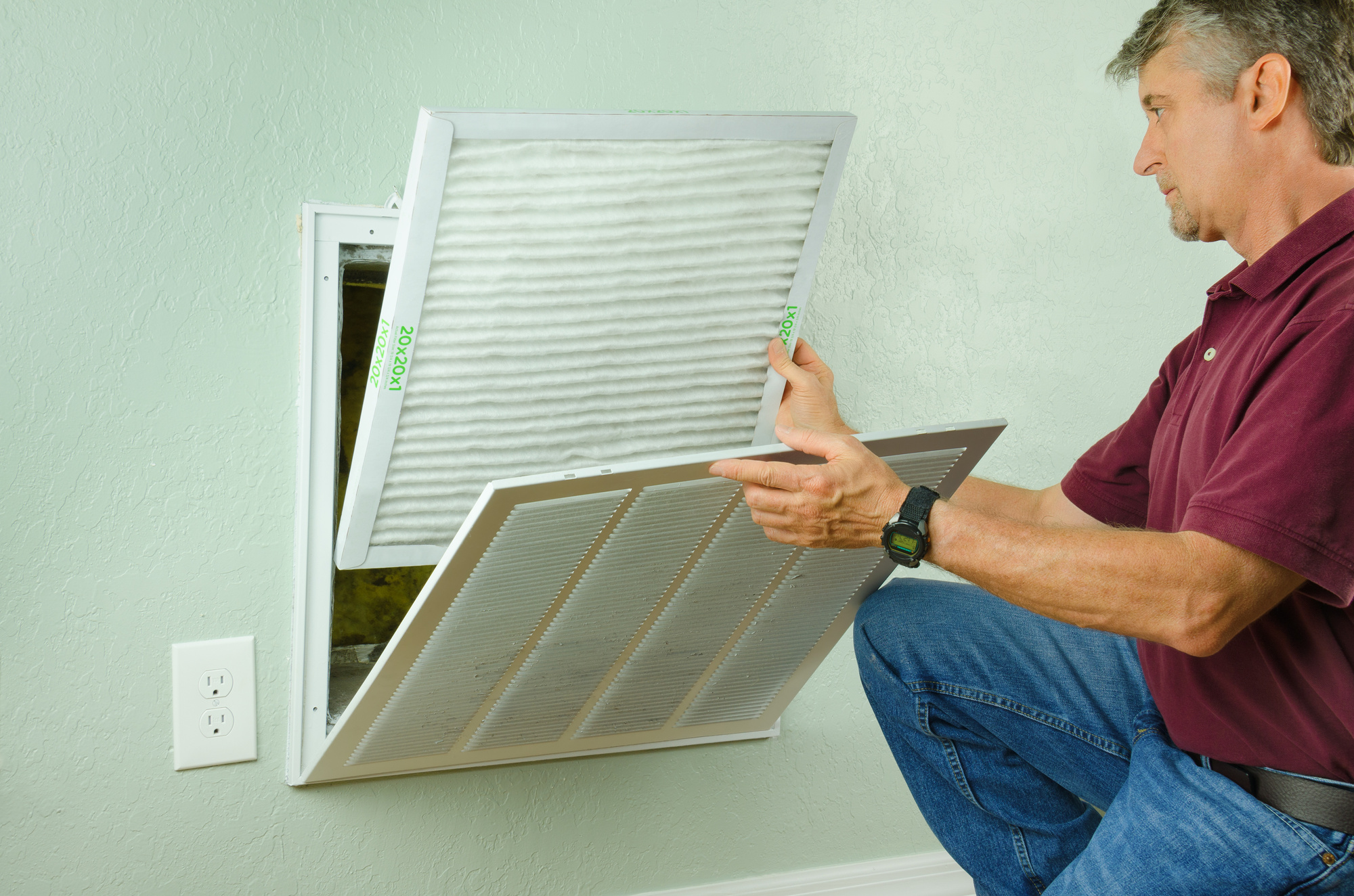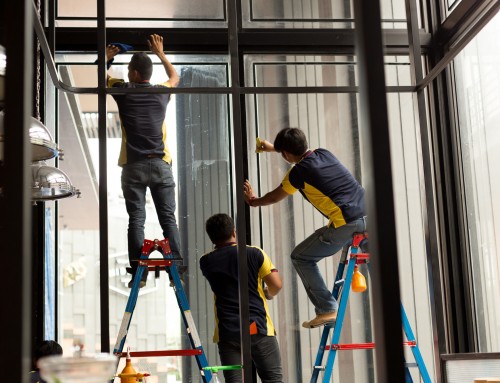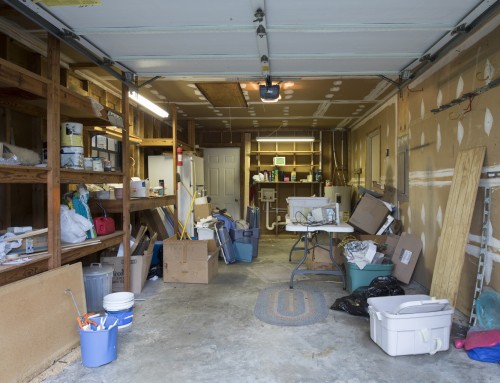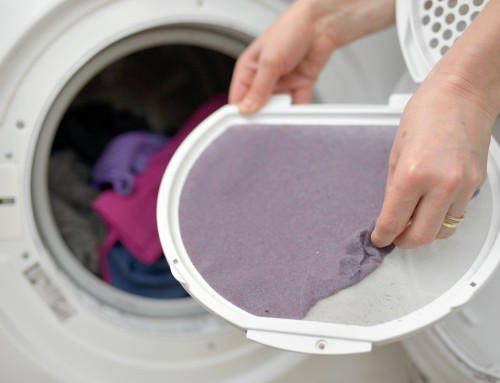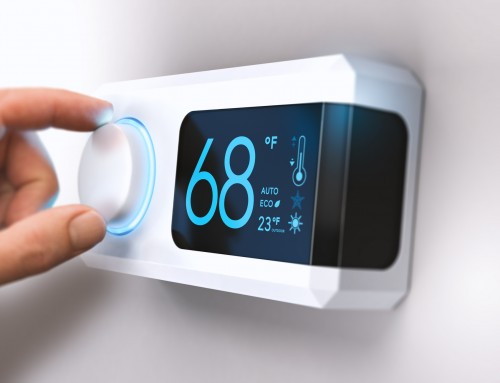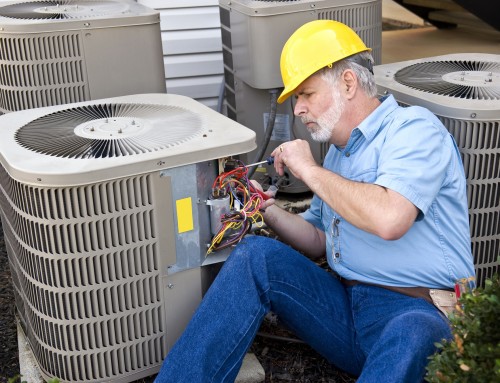Over 87% of homes in the United States have a heating, ventilation, and air conditioning (HVAC) system. This only means that having an HVAC system is quite necessary. To understand your HVAC system, one of the first questions that you need to ask is, how do HVAC systems work?
If you have an HVAC system in the house, knowing more about the system and understanding how it works is one of the ways of ensuring that it does not disappoint you when you need it. With this knowledge, you’ll be able to know if it is failing and get it checked out on time.
What Is an HVAC System?
This is the system that provides heating and cooling to a room or building, whether commercial or residential. HVAC systems can be installed anywhere, and they use fresh air from outside to provide high-quality air inside the room.
HVAC systems ventilate the air and, in the process, remove odors, dust, moisture, heat, smoke, carbon monoxide, airborne bacteria, and other gases to ensure that you breathe clean and fresh air throughout. It also controls the temperature of a room. To ensure that your system is installed well, always consider hiring an HVAC contractor.
How Does a HVAC System Work?
The HVAC system has several moving parts. To get to know how this system works, first, you need to know what makes up the system. Here is the anatomy of an HVAC system.
Thermostat
This is one of the parts that you interact with the most. The thermostat is installed where it can be accessed by everyone who is operating the system. You can choose to operate it manually or have it programmed so that it can automatically keep your home in the ideal temperature.
Filter
The second part of the air return is the filter. This is the element through which air is drawn into the system. You should change your filters regularly so that the HVAC system can function as it should.
Furnace
The furnace, which is one of the components that take up a lot of space in the unit, is designed to heat air. The air is then distributed to your home through a pipe or duct. Furnaces use different heat sources like heat pumps, combustion, solar energy, and electric resistance.
Evaporator Coil
When you set your thermostat to a low temperature, the evaporator coil is what cools down the air. The refrigerant runs through coils that are located in the outdoor unit. The coils cool the air as it passes and that cold air is then channeled throughout your home.
Ensure you check and clean the coils once a year so that they do not freeze up.
Condensing Unit
This is the unit that is placed outside. It is filled with refrigerant gas, and when the refrigerant cools, this unit pumps liquid into the evaporator coil and is transformed back into gas.
Vents
Vents are the outlets that distribute the heated and cooled air from the ducts to the rooms in the building. They are located near the ceiling and they channel air downwards. Always ensure that the vents are not blocked.
Refrigerant Lines
The lines carry the refrigerant gas to the condensing unit. The gas is then transformed into a liquid using the compressor and channeled back to the evaporator coil.
Blower
The blower is responsible for drawing warm air through the main unit. If air moves through it more efficiently, your system will work well and will live longer.
Types of HVAC Systems
To better understand how HVAC systems work, you should also know the various types of HVAC systems that are available. This will also save you a lot of time when you are considering what type of system you should buy.
Heating and cooling systems account for almost half of the energy that you consume. With this in mind, it would be best if you choose an HVAC system that meets your needs and comfort, and does not draw too much power. This will help you avoid paying a huge electricity bill.
Duct-Free Split System
This type of HVAC system works without any ductwork. It can be an ideal option for a retro home that has a non-ducted heating system or rooms that cannot be equipped with distribution ductwork.
Humidity Control
Several modern HVAC systems have optional humidity control features. The dehumidifiers and humidifiers can be added to the unit depending on your climatic needs. With this system, you will be able to control the humidity levels in your home or office while your HVAC system is running.
Heating and Air Conditioning Split System
This is the traditional HVAC system that you’re probably used to. It has two parts; one inside the house and the other outside. The system has ductwork that carries air in your home.
There are modern versions of this system that offer special accessories like cleaners, humidifiers, and air purifiers.
Zoned Systems
Zoned systems HVAC units let you heat or cool diverse areas of your house by controlling dampers or valves within the ductwork. The valves block airflow in selective places. This type of system can save you money because you are able to either heat or cool a specific area at a time.
When buying an HVAC system, it is essential to note that you only buy what you need. Try not to purchase a large unit if you do not need it. If a unit is too big when compared to the size of the area that it is cooling, it will go through its rounds fast. This can lead to rot, molt, excess condensation, and discomfort.
Your Question on How Do HVAC Systems Work Answered
Knowing the various parts and the types of HVAC systems is the best way to answer the question, how do HVAC systems work. Remember, always ask your expert HVAC contractor to help determine the right size of unit for your home.
Explore our site for more educational content.

